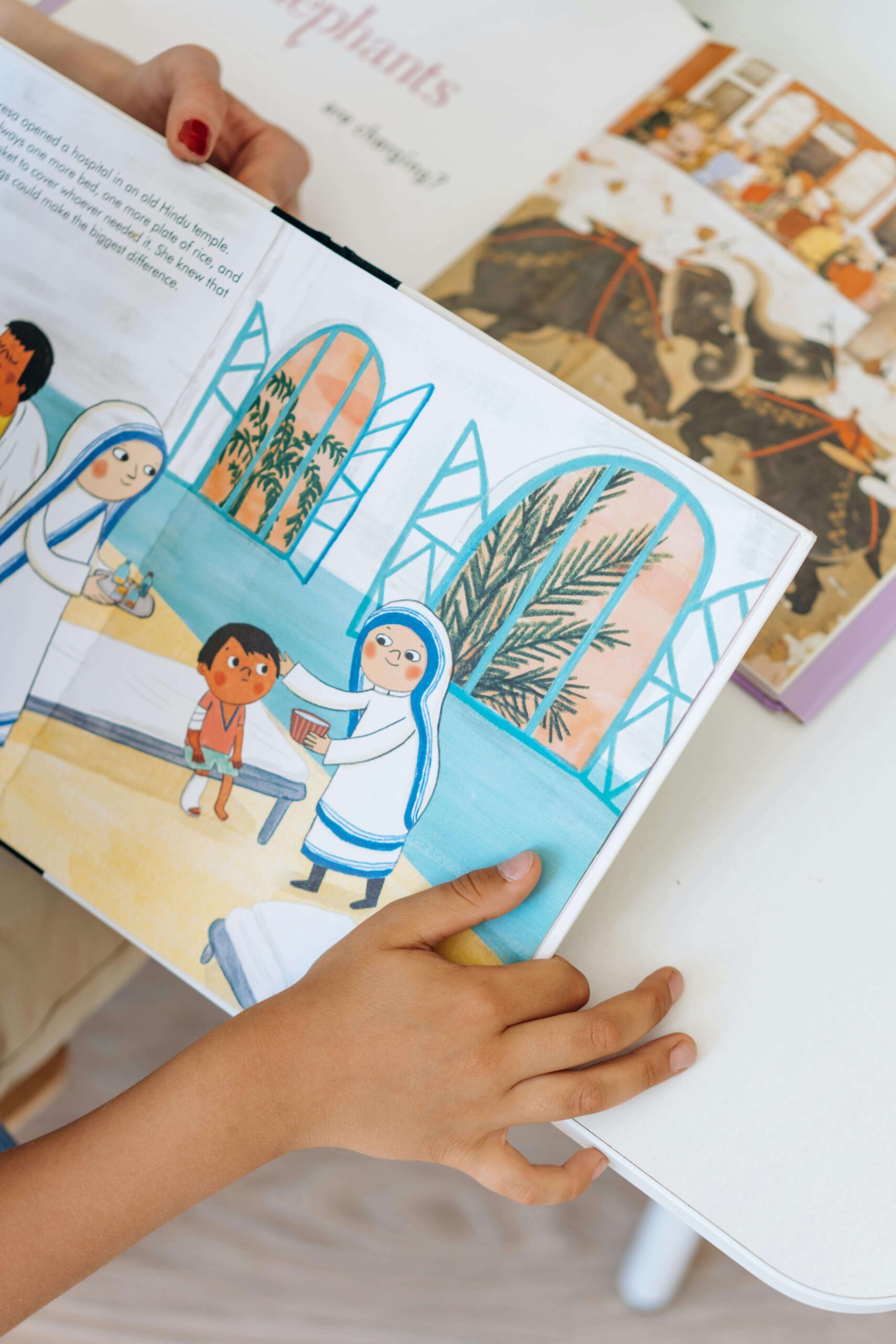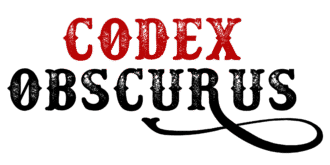
Aspiring children’s book authors today have more publishing options than ever—Amazon KDP, IngramSpark, even viral exposure on BookTok. But one of the most influential platforms in the children’s book world has been quietly shaping young readers for over 75 years: the Scholastic Book Club.
This program has been a trusted source for parents, teachers, and kids long before digital marketing and social media came into play. Scholastic Book Club slips your book into the hands of readers through classrooms, not algorithms. It’s old-fashioned in the best way possible: built on trust, repetition, and access to the exact audience you’re trying to reach.
I’ve seen authors invest heavily in ads or try to hack Amazon rankings, hoping for quick visibility. But nothing quite matches the kind of long-term value that comes from having your book offered in school catalogs across the country.
Scholastic has a structure that helps books stick, not just sell for a week and disappear. And for any writer trying to build a lasting presence in children’s publishing, that makes it worth paying attention to.
What Is the Scholastic Book Club?
The Scholastic Book Club is a monthly mail-order program that distributes affordable books to children through schools and teachers.
Every month, students take home catalogs filled with curated selections, from picture books to middle-grade fiction. Kids circle their picks, bring money to school, and teachers place bulk orders. It sounds old-school, but it works.
There’s something powerful about the tactile experience—kids flipping through a catalog during class, getting excited to pick their own book, and waiting for the box to arrive like it’s a mini holiday.
That moment when the teacher hands out the books is part of a shared classroom ritual that millions of students look forward to every year. It builds a reading habit early, right inside the school system.
Founded in 1948, Scholastic Book Club has grown into a massive educational network. Today, it’s connected to over 90% of public and private schools across the United States.
Your book doesn’t get buried in an endless digital scroll or forgotten on a backlist.
That kind of reach is hard to replicate in any other publishing pipeline. For many kids, their first book purchase happens through Scholastic, and often, it’s a book they chose themselves.
And for authors, that’s more than exposure. It’s a direct, highly targeted path to your ideal reader, students who are forming their reading tastes, teachers who influence what gets read in class, and parents who trust what their kids bring home.
That layered ecosystem of trust is what gives Scholastic its staying power.
How Big Is Scholastic’s Reach?
You don’t need to guess if Scholastic can help your book take off. The numbers are public. Scholastic serves:
- Over 115,000 schools in the US
- Nearly 4 million educators worldwide
- More than 30 million children each year
That reach is massive and incredibly focused. Scholastic doesn’t rely on bookstore browsers. It puts your book in front of classrooms, parents, and students at the source.
No scrolling through endless product pages, no flashy ads competing for attention. Instead, it’s a trusted catalog placed directly in the hands of kids who are ready to read, and the adults guiding them.
In 2020 alone, Scholastic sold over 150 million books through its clubs, fairs, and online portals. That’s not a typo. That number reflects real books going into real homes and classrooms. Many of them purchased by schools, teachers, or kids with their own saved-up money.
For aspiring children’s book authors, that’s proof of consistent demand from a loyal, education-driven audience.
Some of the most recognizable names in children’s literature saw their careers skyrocket through Scholastic. Think Dav Pilkey (Captain Underpants), Ann M. Martin (The Babysitters Club), and Raina Telgemeier (Smile).
These weren’t overnight hits through social media or viral campaigns. Their books became part of the classroom culture, recommended by teachers, shared among classmates, and read repeatedly by the same eager readers.
That kind of early placement is powerful. It creates long-term fans, not just one-time buyers.

Why Aspiring Authors Should Take Note
If you’re writing children’s books, your goal isn’t just visibility. You want traction. And Scholastic provides exactly that. When your book gets included in a monthly catalog, you’re not competing against millions of titles on Amazon. You’re part of a focused list that teachers and parents actually trust.
There’s a major difference between being seen and being selected. With Amazon or other digital platforms, your book sits in a sea of thumbnails, where discoverability depends on algorithms, keywords, and luck.
But in the Scholastic Book Club catalog, your title is placed in a hand-curated lineup. It lands on the desks of educators who know their students and have limited time to sift through noise.
Scholastic’s book selections are handpicked by professional editors who understand what engages young readers. This curation increases your chance of being discovered and recommended organically in classrooms.
When I worked with one of my ecommerce clients who published a self-help journal for kids, we initially marketed it through social media and book fairs. We poured time into Instagram posts, ran Facebook ads, even gave away dozens of review copies. But it wasn’t until we pitched to a school catalog distributor that we saw bulk orders come in. Teachers became repeat buyers, and the book reached over 3,000 students in one semester.
That kind of reach? You can’t replicate it through ads. And it wasn’t just the volume. It was the quality of the readership.
These were students using the journal during class, guided by educators who turned it into a learning tool. That’s the kind of connection you want as a children’s author: not just sales, but shelf life in real classrooms.
How Does a Book Make It into the Scholastic Book Club?
Scholastic accepts submissions through literary agents or established publishers. They rarely take unsolicited manuscripts directly from authors. That means if you want in, you’ll likely need to:
- Get a literary agent who has connections with Scholastic’s acquisition team
- Be published through a traditional publisher that has worked with Scholastic before
Scholastic works closely with editors and buyers who specialize in sourcing titles that reflect what schools are actively looking for. These decision-makers are selective.
They review thousands of books each year and are constantly watching for titles that support curriculum goals, reflect diverse experiences, or spark meaningful discussions in the classroom.
The club typically looks for books with:
- Strong storytelling and age-appropriate themes
- Diverse representation and inclusive voices
- Educational or social-emotional learning value
Books that align with classroom discussions and reading goals are especially favored. Graphic novels and middle-grade fiction have been especially popular in recent years, and that trend continues to grow.
Your story should give young readers something that sticks with them, because that’s what teachers and editors remember.
Series books also tend to perform well because schools like the built-in continuity—students keep reading, teachers have more to assign, and Scholastic can keep offering fresh volumes in future catalogs.
If you’re aiming to write a book that fits Scholastic’s standards, it helps to study their current and past catalogs. Pay attention to tone, subject matter, and format. You’ll notice recurring elements: relatable protagonists, clear emotional arcs, and writing that balances entertainment with insight.
These are the kinds of stories that Scholastic wants to champion, especially when they’re easy to implement in group reading sessions or lesson plans.
Writers who break through often do so with books that feel purposeful without being preachy. Whether it’s a funny middle-grade graphic novel or a heartfelt story about friendship and resilience, what matters most is that it connects with kids and supports what teachers are already trying to build in the classroom.
Marketing Power Beyond the Catalog
Being in the Scholastic Book Club means more than having your title listed. Your book could be featured in teacher bundles, classroom packs, seasonal reading campaigns, and even school library programs.
These extra placements matter. Teacher bundles, for example, often include multiple copies of the same title, which means bulk sales straight out of the gate. Classroom packs can turn a single purchase into a full-classroom read-aloud experience.
And being selected for a themed campaign, like “Back-to-School Favorites” or “Books That Build Empathy,” puts your work in front of tens of thousands of teachers browsing with specific needs in mind.
Instead of focusing on SEO or Amazon ads, your book’s visibility comes from the trust educators already place in Scholastic. That trust goes a long way. Teachers don’t just browse catalogs. They plan lessons around them.
For many educators, Scholastic’s selections influence what ends up in reading logs, what gets read during circle time, and what becomes the subject of classroom discussions. These catalogs aren’t casual marketing tools. They’re active teaching aids.
And when teachers recommend your book? Parents listen. Students buy. And school libraries reorder. That ripple effect can turn a modest catalog listing into consistent demand over time.
Some titles stay in circulation for years because teachers continue using them, recommending them to colleagues, and restocking them as new students cycle in.
Compare that to what most indie authors deal with—competing for limited online shelf space, spending on ads that may or may not convert, or sending review copies to influencers who don’t always follow through.
Scholastic sidesteps all that. It gives your book a presence in a system built to distribute stories that matter. You’re not chasing an audience. They’re already looking for exactly what you’ve written.

Can Self-Published Authors Work with Scholastic?
It’s rare but not impossible. Scholastic has occasionally picked up high-performing self-published titles that showed strong sales, great design, and educational value.
These are the books that prove their worth outside the system through strong reader engagement, strong word-of-mouth, and clear alignment with what schools are already looking for. But the odds improve significantly if you collaborate with a publisher experienced in school distribution.
These publishers already know how to position your book, navigate approval processes, and connect with the right buyers inside the Scholastic ecosystem.
That said, self-published authors can still tap into the school book market through:
- School library distributors like Follett or Mackin
- Events like Literati Book Fairs
- Building relationships directly with educators
These routes don’t require Scholastic’s stamp of approval, but they do require strategy. For example, school library distributors often look for clean formatting, age-appropriate content, and reliable metadata.
Book fairs like Literati focus on curation and presentation—cover design, themes, and emotional resonance matter a lot when schools are choosing which titles to feature.
And building relationships with educators? That’s a long-term effort that can pay off in classroom read-alouds, curriculum pairings, and repeat orders.
One of my former clients, who wrote a STEM-focused picture book, partnered with a local science nonprofit and offered bulk rates for schools. The result? A district-wide order from 42 schools. The book was never on Amazon’s front page, but it found its audience in classrooms.
Teachers used it during science lessons. Students took it home. And because the client provided free companion worksheets, the book turned into a mini learning kit teachers kept requesting year after year.
That’s what can happen when you stop trying to win at online rankings and start thinking like an educator shopping for a classroom.
How to Position Yourself for Scholastic Success
If your long-term goal includes Scholastic, here are steps to get on the right path:
- Focus your writing on age-specific storytelling: Early reader, middle-grade, or preteen
- Pay attention to what themes Scholastic promotes: empathy, diversity, perseverance, humor
- Attend industry events like SCBWI (Society of Children’s Book Writers and Illustrators)
- Network with editors and agents familiar with school market publishing
These steps might sound simple on paper, but they take real commitment. Writing for young readers means fully understanding what matters to them—how they think, what excites them, and what challenges they face at each stage of development.
Because when your story finally lands in a kid’s backpack next to their crayons and lunchbox, that’s when you know it mattered.
A five-year-old needs a completely different kind of story than a ten-year-old, and Scholastic pays close attention to those differences. The more tailored your work is to a specific reading level, the stronger your chance of catching the right editor’s attention.
Paying attention to themes is also essential. Scholastic is very intentional with the messages they promote, and many of their featured titles center on social-emotional growth.
Books about kindness, resilience, cultural awareness, or finding your voice often resonate well with their editorial team, and with teachers choosing books for their classrooms.
Attending SCBWI events and similar publishing conferences gives you an edge. You’ll get direct insight into what agents and editors are currently acquiring, and you’ll have the opportunity to pitch your work, get critiques, and build relationships that could eventually lead to a Scholastic deal.
Several authors who now have Scholastic titles started that journey by meeting the right agent at a regional SCBWI conference.
And above all, write with intent. Scholastic books may be commercial, but they’re also crafted with care and clear educational value. Every page should serve a purpose.
Whether it’s sparking a laugh, encouraging empathy, or offering a safe space for tough emotions, your story should give young readers something that sticks with them, because that’s what teachers and editors remember when deciding which books deserve a spot in the classroom.
Is Scholastic Worth Chasing?
Yes. If you’re serious about building a career in children’s publishing, aiming for Scholastic is smart. Not because it’s trendy or viral, but because it gives you something few platforms can: access to young readers who are hungry for stories and supported by adults who want them to read more.
Think about what that means. Your book doesn’t get buried in an endless digital scroll or forgotten on a backlist. It gets physically handed to a child by a teacher or picked out in a classroom catalog with genuine excitement.
It becomes part of the daily rhythm of learning and discovery, used in read-alouds, book reports, or quiet moments at home after school. That kind of presence sticks. It helps you build an audience that grows with your stories.

And when a child buys your book with their own lunch money, that’s a kind of impact you can’t measure in algorithms or clicks. That’s legacy. That’s influence. It’s a moment of connection that goes beyond exposure. It builds trust.
And in children’s publishing, trust travels. Parents talk. Teachers recommend. Librarians reorder. Your name becomes more than a byline; it becomes a familiar presence in a child’s world.
So keep writing, keep querying, and if Scholastic is in your sights, start laying the groundwork now. Because when your story finally lands in a kid’s backpack next to their crayons and lunchbox, that’s when you know it mattered.
It’s no longer just your book. It’s their book. And that’s the kind of success worth building toward.




